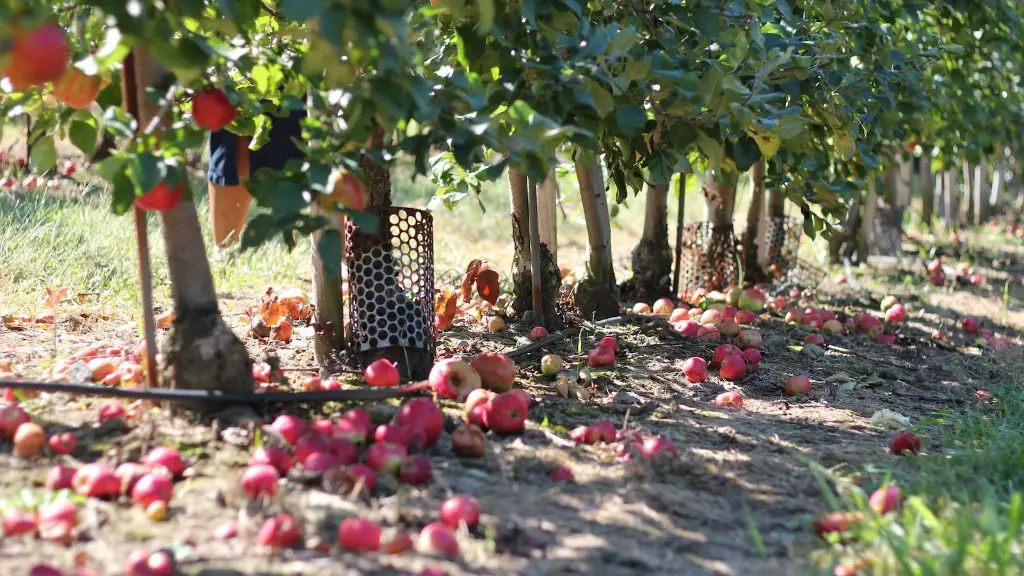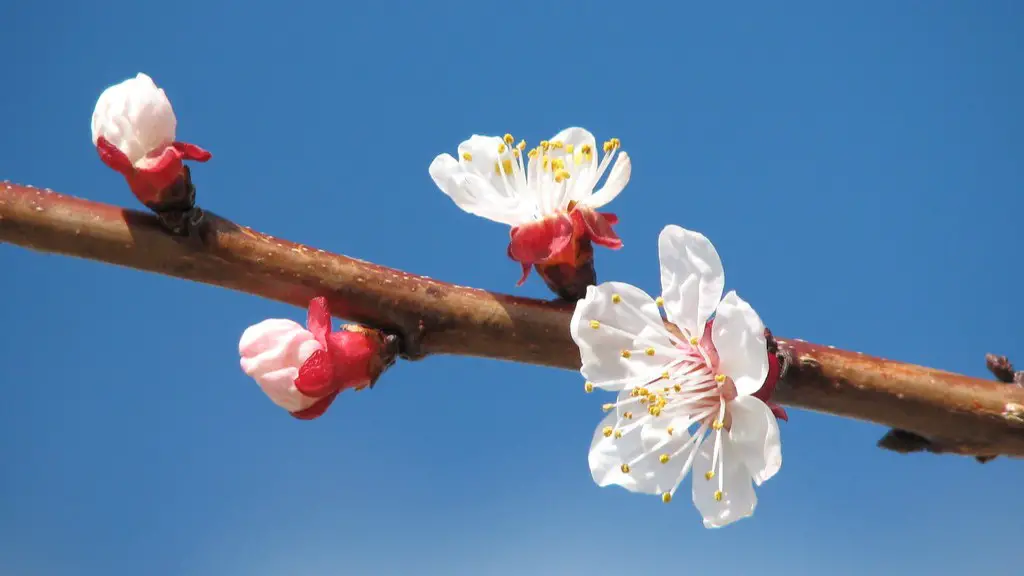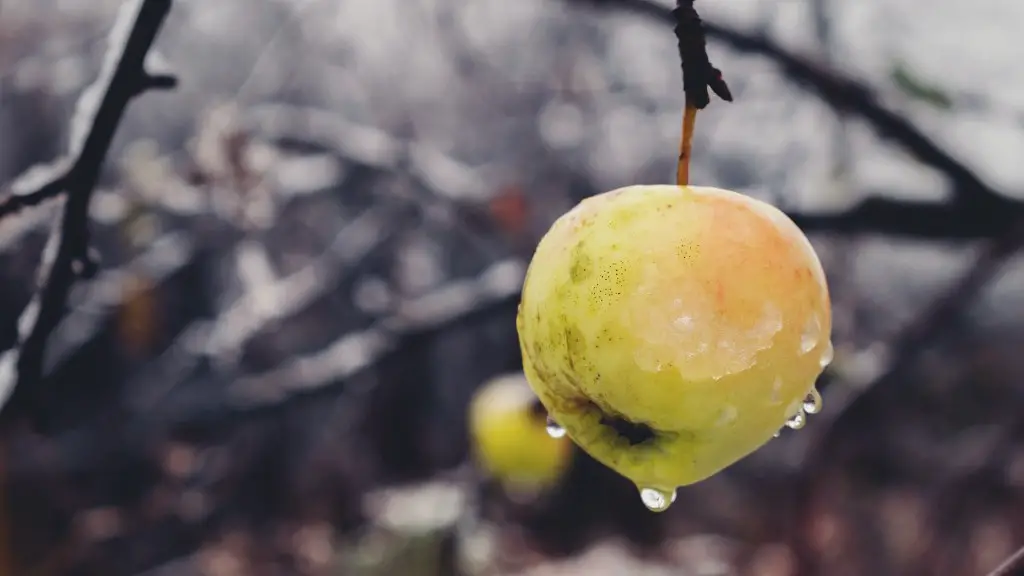Picking apples from your own tree is an incredibly satisfying experience. Knowing when to pick the apples is an essential part of the process. The ideal time to pick apples comes when their flavor has ripened and they’ve grown to the highest level of maturity. Generally speaking, your apples should be ready to harvest anytime between midsummer and the end of fall, although the exact date varies depending on your growing climate and type of apple tree.
The growing cycle of apples begins in May and ends in November. The timing of apple ripening will depend heavily on the type of apple as well as the climate where it is grown. It is important to understand what your apple tree variety needs in order to ensure best results.
Harvesting a lot of apples from a few trees can be a daunting task. To make the process easier, it’s best to plan ahead and start harvesting when the apples reach their peak ripeness. Fruits can be picked ripe off the tree, or left on the branch to mature over a few days. Apples that fall to the ground can still be picked and eaten, but they will be less flavorful and won’t keep as long.
When harvesting, inspect the fruit thoroughly. Apples should be free of bruises, cuts and blemishes, as they can easily attract any pests that may be lingering in the area. Also check the color, stem and aroma of the apple to be sure it is ready for picking. Apples that are not fully ripe can be placed in a cool spot and left to ripen further.
When you’re ready to pick, there are a few different methods. Some people prefer to use picking bags or harvest baskets. Smaller sized apples can be easily picked by hand. Larger apples can be harvested using fruit picking poles, ladders and other long reaching tools.
No matter what method you use, remember to be gentle with the apples. Ripe apples should come off the tree with a slight twist. Damaging the fruit can lead to difficulties in ripening and can also attract unwanted pests or disease. It will take some trial and error to master the art of apple picking, but the end result will be worth the effort!
Types of Apple Trees
When you’re choosing an apple tree for your yard, you’ll want to select one that is suited to your local climate and soil conditions. Choosing a variety of apple tree is an important step, especially if you want to ensure an extended harvest period. The different types of apple trees can be broken down into the following categories:
- Climates: Cold climates or warm climates
- Pollinations: Self-fruitful trees or those needing cross-pollination
- Apples: Sweet or tart flavors
When is it Necessary to Thin Apples?
Once the apples have developed and started to grow, it may be necessary to thin the fruit. Thinning ensures that the apples are given plenty of room to grow, making sure that they reach the fullest size and get the most nutrition. The ideal time to thin the apples is when they reach the size of marbles or peas during mid-summer.
When thinning your apples, remove the smaller and damaged fruit, leaving about 6-9 inches between each one. While some trees may require more thinning, it’s important to not overdo it and leave too much space between the apples. Doing so will affect the size of the fruit and overall harvest.
Tips for Keeping Apples Fresh
One of the most rewarding aspects of harvesting your own apples is being able to enjoy their flavor for weeks, or even months after they have been picked. To make sure your apples stay fresh, following a few simple tips can make a big difference.
- Pick the apples when they are fully ripe.
- If you plan on storing the apples, keep them in a cool, dark spot for best results.
- Keep the apples away from any fruits that give off ethylene gas, such as bananas and avocados, as this can speed up the ripening process.
- Check on the apples periodically and remove any that are showing signs of rot or decay.
How to Preserve Your Apples
It’s possible to enjoy the taste of your apple harvest all year round by preserving the fruit. There are several methods available, including freezing, canning, and drying. All of these processes require special attention to detail and proper equipment. Depending on the end goal, different methods can be used.
For instance, if you want to store the apples in the freezer, you’ll need to get them peeled, cored and sliced before freezing them in airtight bags. Similarly, when canning apple slices, you’ll need to ensure that the correct amount of sugar and spices are added for the best flavour. When it comes to drying apples, not all fruits will respond to the same drying times. Experimenting with lower temperatures and shorter drying times is the best way to get the desired results.
Using Apples for Baking
Fresh apples are perfect for use in baking. The sweet and tart flavours of apples can be used to make a number of delicious treats, such as pies, tarts, cakes and more. Whether you’re looking for a classic apple pie or a twist on the traditional recipe, apples are always a great choice.
The trick to finding the perfect apples for baking is to think about what types of flavours you’d like to bring out in the dish. Sweeter apples, such as Honeycrisp and Golden Delicious, work best in recipes that don’t require a lot of added sugar. For tart dishes like apple crumbles and cobblers, Granny Smith apples are the perfect ingredient.
How to Prevent Apple Crop Loss
When it comes to growing your own apples, one of the most difficult things to deal with is crop loss. Poorly timed harvesting, overstressing trees, and strong weather conditions can all cause the crop to suffer. Luckily, there are measures you can take to help prevent losses.
One of the most important steps in preventing crop loss is choosing the right variety for your climate and soil conditions. Additionally, be sure to keep your trees well-nourished by fertilizing them with organic compost and irrigating them with enough water throughout the growing season. Lastly, keeping pests and diseases away from the trees is essential. Regularly inspect your trees and any fallen fruit to make sure the leaves, fruit, and bark are free of any damage.




